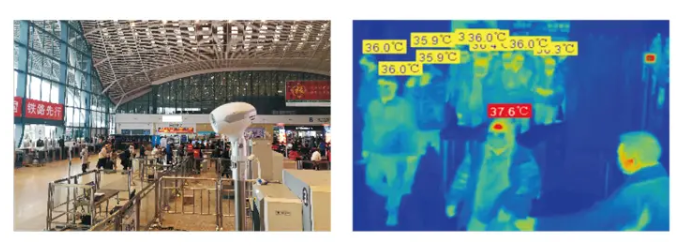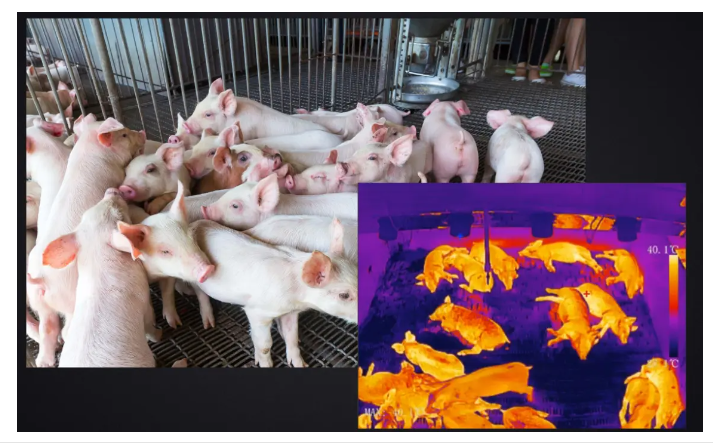Infrared thermal imaging technology is a detection technology that uses the thermal radiation on the surface of an object to identify the temperature distribution of the surface of an object. It converts light signals into electrical signals through infrared detectors, and then converts them into thermal images after processing for people to observe.

Infrared thermal imager is a device for measuring temperature and heat distribution. Its appearance and structure are similar to those of digital cameras. It is mainly composed of optical system, infrared detector, signal processor, image processor, button, power supply, display, whole machine housing and other components.
Its working principle is that the optical system focuses the infrared radiation emitted by the object onto the infrared detector, and the infrared detector converts the light signal into an electrical signal, which is then input into the signal processor after adjustment and amplification, and finally converted into a thermal image on the display through the image processor. Infrared thermal image is a temperature distribution map of the measured object that cannot be directly observed by the human eye.

The lens of the infrared thermal imager is different from that of an ordinary lens. Compared with visible light materials, the infrared lens has less material and requires materials with higher infrared transmittance, high chemical stability, strong thermal stability, etc., mainly silicon, germanium, etc. The function of the infrared lens is to collect and gather infrared radiation energy from the target object.

Infrared thermal imagers have the advantages of strong real-time performance, accurate temperature measurement, no interference, and easy operation. Therefore, they are widely used in the fields of living temperature measurement, industrial monitoring, and building monitoring. For example, in the animal husbandry industry, infrared thermal imagers can monitor the health status of poultry in real time without contact, and improve the survival rate of breeding; in the construction industry, infrared thermal imagers can non-destructively detect the structure and heat of the wall, etc., to help people discover safety hazards in time and improve public safety.




